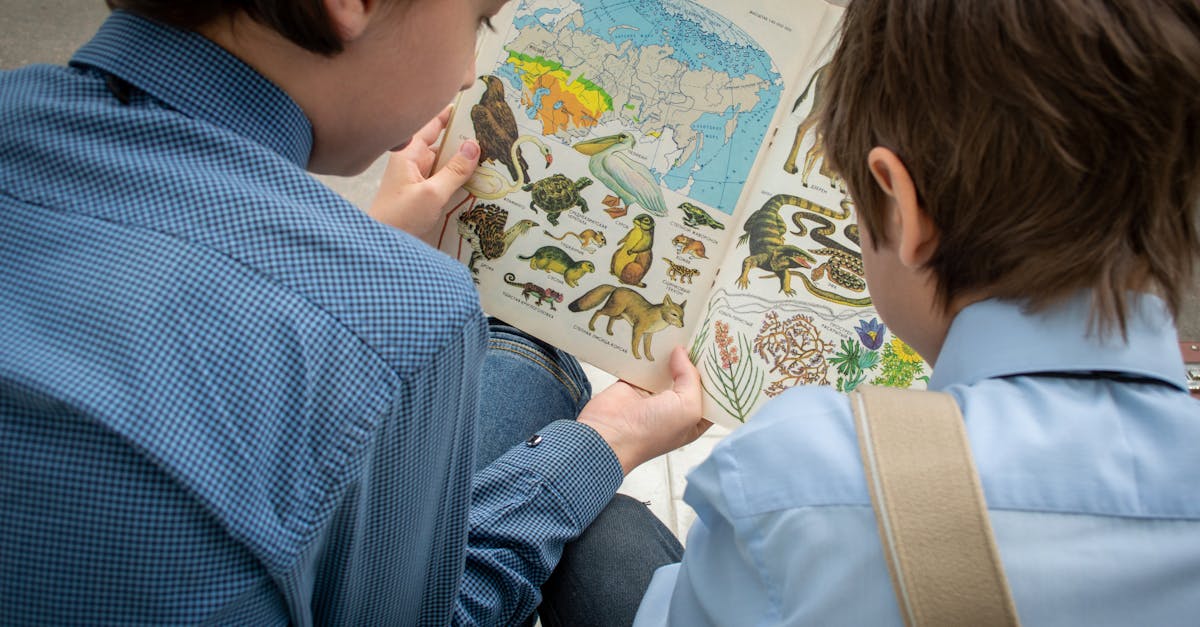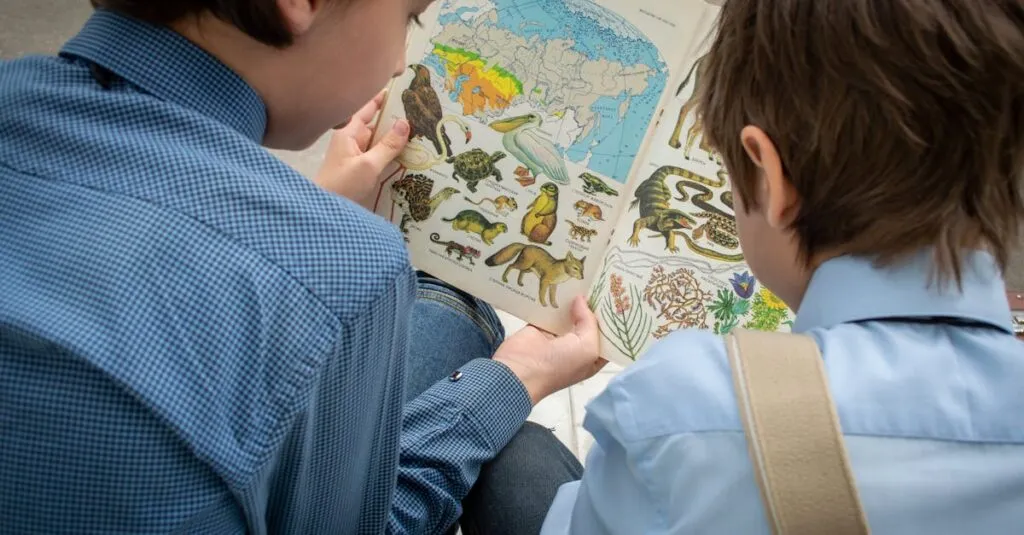The Joy of Exploring Nature
Introducing your preschooler to nature is like opening up a magical storybook. Encourage their curiosity! Whether it’s ladybugs on leaves or fluffy clouds dancing in the sky, nature provides endless learning opportunities.
Start with walks and point out how each element of nature is special in God’s creation. The rustle of leaves or a distant woodpecker’s knock can become the poetry of your child’s imagination.
Activities to Explore Nature
- Scavenger Hunts: Build up excitement with a scavenger hunt—’Can you find a rock that’s smaller than your thumb?’
- Quality Bonding Time: Use these jaunts not just to educate, but to spend quality bonding time.
- Storytelling: The simple joys found in these moments often lead to bedtime stories of ‘little adventures.’
And don’t be surprised if your bedtime cuddles turn into curious questions about the wonders they’ve witnessed!

Crafting Keepsakes from Nature’s Bounty
Transforming pieces of nature into art brings an extra layer of excitement for children. Collect twigs, leaves, and flowers during your walks and engage in craft projects. Encourage creativity by letting them make ‘nature portraits’ or ‘summer wreaths.’
This hands-on interaction gives a tangible connection to God’s work. And yes, be ready for some glue on the floor or glitter sticking around forever!
Not only does this enhance fine motor skills, but it also instills a sense of pride as they see their artwork displayed. Remember, it’s not about perfection—embrace all the wiggly paper cuts and mismatched leaves as badges of creativity.
This curatorial art project helps them appreciate the textures and colors that God invites us to enjoy.

Storytime with a Purpose
Books are a powerhouse in a pre-schooler’s world, especially those bursting with illustrations of nature. Choose ones that integrate vibrant visuals with stories of insects, birds, and trees. Reading it aloud with enthusiasm turns every line into an adventure.
Incorporate places they’ve seen or activities they’ve done in nature while narrating. For instance, you could say, ‘This looks just like the butterfly you spotted near the park!’ Tangent discussions on why Grandma’s garden grows or how bees make honey will pique their curiosity more.
Don’t forget the power of silly voices or one-liners, which anchor such stories in their memory. By making it humorous or relatable, you’re slowly fostering a lifelong love for reading and seeking to understand the world and God—or who would’ve thought that a frog can have a funny English accent?

Motion and Emotion in Nature
Preschool is prime time for singing, dancing, and yes, getting stained by mud. Use songs about nature to instill joy and rhythm into their hearts. Whether it’s ‘Head, Shoulders, Knees, and Trees’ or creating dance moves around ‘the ocean’s waves with your feet,’ engage them physically.
This dynamic interaction helps motor development and also emphasizes emotional expression. Mud pies and puddle jumping symbolize mess and chaos for adults, but for kids, it’s sheer joy and discovery. Get involved with them—it’s okay to get a little dirty.
Social Interaction
To balance things out, identify friends in the park who share their interests; this social component encourages communication and visibly translates shared joy into verbal expressions.

Interactive Garden Adventures
Create a tiny garden with your child—it could be as small as a pot with a single flower. Speak of how seeds grow into plants, driven by God’s given rain and sunshine. Daily nurturing reminds them that patience is a vital part of the process.
Here are some fun activities to enjoy:
- Identify the plants and name them.
- Assign funny faces to each pot!
- Celebrate the first sprout as if it had graduated from preschool.
- Anticipate no less than 100 photos to capture your little one’s grin.
Besides promoting responsibility, gardening integrates fun experiments. How about a sunflower race? Or snipping herbs for dinner? These tangible connections bring an understanding of God’s ongoing cycle of life and nourishment.

Nature’s Colors and Patterns
The natural world is an artist’s paradise with colors and patterns that inspire. From the rainbow hues of a smooth pebble to the spiral of a nautilus shell, these visuals captivate attention.
Grab coloring books and ask your child to recreate these natural beauties. Challenge them to mix colors and guess patterns they observe outside. For example, ask, ‘Do you see the zigzag on the zebra leaf?’
Treat every completed page as an Oscar-winning entry about God’s artistry. This fuels a child’s innate love of color, patterns, and art.
Through this creative exploration, they learn that every detail in God’s creation has purpose and beauty.

Addressing Fears and Curiosities
While nature’s wonders are exciting, they sometimes bring fears—questions like: ‘Why does thunder growl?’ or ‘What if a bee gets angry?’ Address these naturally scary elements with calmness and information.
Explain why a bee buzzes or a storm rumbles, dispelling fear with knowledge. Here are some strategies to help:
- Use Role-plays or Story-Games: Desensitize worries by transforming into a brave ‘rain-saving knight’ during a downpour.
- Encourage Open Discussions: Invite children to share their feelings to nurture an open line of communication.
- Share Your Own Stories: Relating your childhood fears about nature can help normalize their feelings, making them feel less isolated.
By acknowledging these emotions and encouraging exploration, you instill both confidence and respect for the world’s creations.

